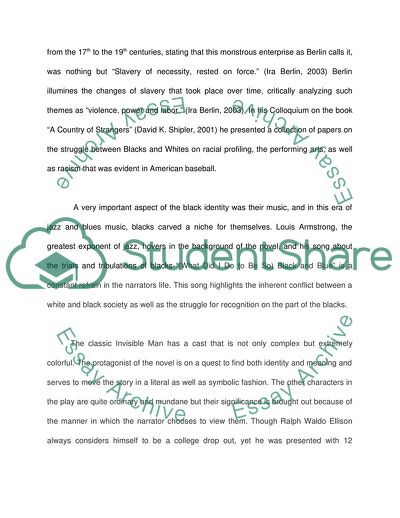Cite this document
(Invisible Man by Ralph Ellison Book Report/Review, n.d.)
Invisible Man by Ralph Ellison Book Report/Review. Retrieved from https://studentshare.org/literature/1718425-invisble-man-by-ralph-ellison
Invisible Man by Ralph Ellison Book Report/Review. Retrieved from https://studentshare.org/literature/1718425-invisble-man-by-ralph-ellison
(Invisible Man by Ralph Ellison Book Report/Review)
Invisible Man by Ralph Ellison Book Report/Review. https://studentshare.org/literature/1718425-invisble-man-by-ralph-ellison.
Invisible Man by Ralph Ellison Book Report/Review. https://studentshare.org/literature/1718425-invisble-man-by-ralph-ellison.
“Invisible Man by Ralph Ellison Book Report/Review”. https://studentshare.org/literature/1718425-invisble-man-by-ralph-ellison.


